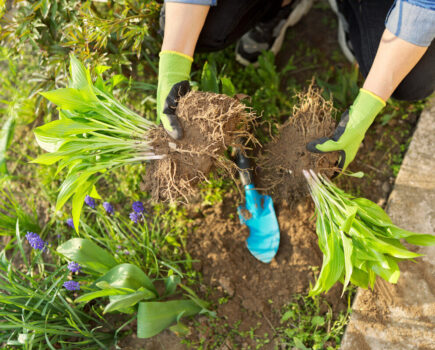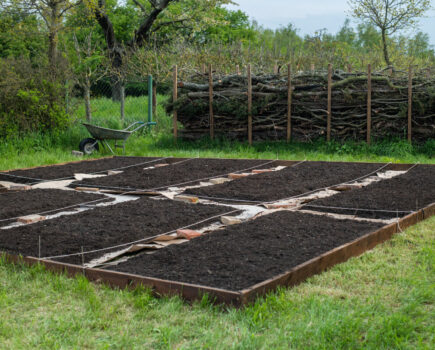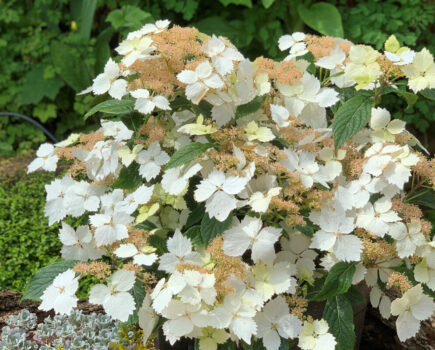Bob’s reveals his top tips growing the best spuds
Some question whether it’s worth growing your own potatoes as they’re relatively inexpensive to buy, especially by the sackful. Indeed, they sometimes seem to deliver little recompense for all the work you put in.
True, if you don’t mind what your spuds taste like, buy them from the supermarkets that only sell a few sorts. But home-grow spuds and you’ve the choice of many dozens fresh as you like from plot to plate.
You can grow the old violet-skinned ‘Arran Victory’ for the very best mash, ‘Golden Wonder’ for amazing roasties, ‘King Edward’ for baked, ‘Pink Fir Apple’ for cold salads and ‘Maris Piper’ for chips. Mind you, these are all maincrop/lates, which give large yields but come further on in the season, so may be lost to blight if that’s an issue in your garden.
But when they escape any problems, these can give impressive crops, if given enough water. Indeed, most of us probably don’t give our potatoes enough water, for these are thirsty crops and, your harvests will reward you for your efforts in turn.
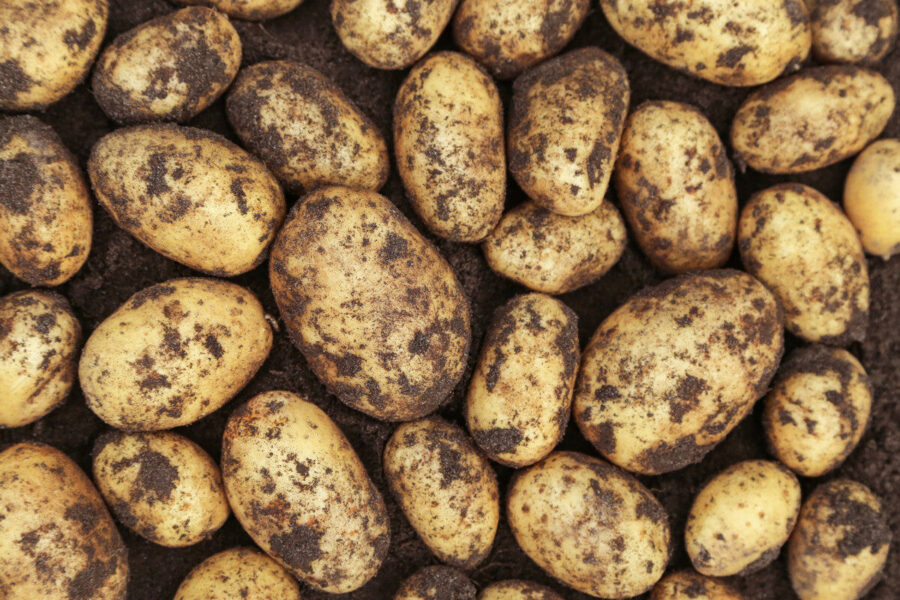
Second earlies are slightly slower
Here’s a simple tip – stand some empty tin cans in among your potato plants, and if these do not accumulate 2.5cm (1in) of rain any week then give your plants a thorough soaking straightaway.
Another point is the plants determine how much crop they ‘think’ they can carry when their flowers show (not all varieties flower, and these should be cut off anyway to prevent wasted resources making poisonous potato berries). So give a really heavy watering when their flowers show, and then cut those flowers off using scissors, as the sap is not nice.
It makes much sense to concentrate on the earlies and fast croppers, because when started off in spring these usually give a crop before blight arrives in summer, which occurs most often when it’s warm and humid.
It’s the same with second earlies that are a tad slower but still much faster than maincrop varieties. Naturally, we pay for the faster speed of harvest with lighter ones, but yields can still be respectable, and contrary to expectation, many earlies, and even more so second earlies, store as well and for as long as maincrop.
Among the fastest are: ‘Casablanca’, ‘Maris Bard’, ‘Swift’ and the much maligned ‘Rocket’. Admittedly this last one is often criticised as bland, but it’s reliable, damn fast and can give quite a fair crop.
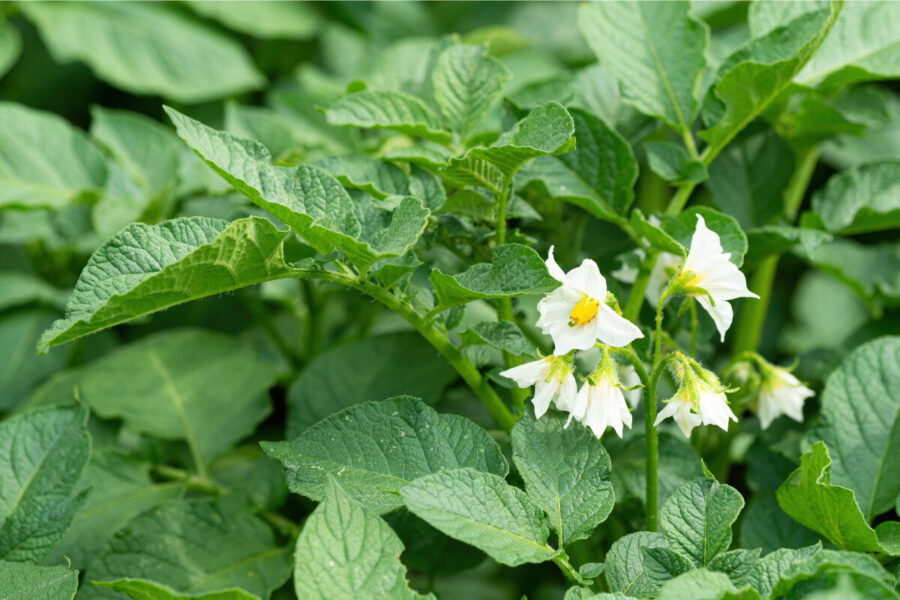
It’s hard to fail with spuds
Concentrate on earlies and second earlies first, and buy with a friend so you can share bags of sets (wee potatoes we plant as ‘seeds’) so you get to compare many more varieties. They really are all different, and oddly even change on different soils so it’s always worth trying as many as you can until you find those you like most, and that do well for you.
Next, don’t worry too much over growing spuds, it’s really hard to fail. Make a hole, put in a set (preferably with the eyes or shoots pointing up) refill the hole, and then later on dig up a crop.
It really is that easy, though of course you gain much bigger crops by adding manure, good watering and so on. And remember to dig your crop of new potatoes when it’s ready – you’ll know when as the haulms or top growth starts to wither back naturally. It’s exciting to think about the fine harvests ahead.
Find more tips, advice and articles like this at the Amateur Gardening website. Subscribe to Amateur Gardening magazine now


